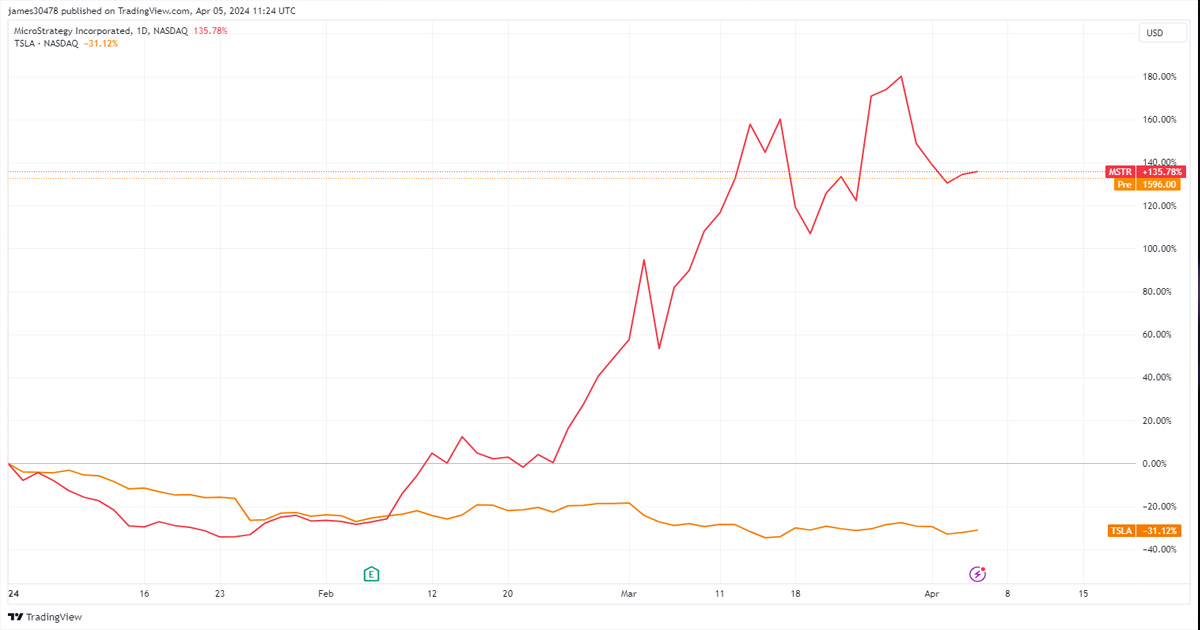The Evolution of Ethereum’s Inflation Rate and Supply Dynamics
Since its transition from proof-of-work to proof-of-stake in 2022, Ethereum has undergone a significant transformation, emerging as a deflationary asset in the cryptocurrency landscape. The current total circulating supply of Ethereum (ETH) stands at 120,105,358 ETH, reflecting a reduction of 415,680 ETH from the supply levels observed before The Merge.
Over the past 30 days, Ethereum’s supply dynamics have seen a shift, with 35,548.72 ETH being burned (removed from circulation) and 75,072.43 ETH being issued as block rewards to validators. This has resulted in a net increase of 39,523.71 ETH during this period. According to data from Ultrasound Money, the current annualized inflation rate for Ethereum is approximately 0.4% based on the supply change observed in the last 30 days.
In comparison, Bitcoin’s inflation rate currently stands at 1.068%, highlighting Ethereum’s lower inflationary pressure. Prior to The Merge, Ethereum’s Proof-of-Work inflation rate would have been significantly higher at 3.74%. Based on the recent 30-day supply dynamics, projections suggest that approximately 433,000 ETH will be burned, and 914,000 ETH will be issued in the next year, leading to a net gain of 481,000 ETH.
Supply and Burn Rates Analysis
Data from OKLink reveals a consistent decrease in ETH burned since March, with daily averages dropping from around 6,000 ETH to just 900 ETH in early May, marking the lowest levels post The Merge. The introduction of the Dencon upgrade on the Ethereum network has notably impacted the ecosystem, resulting in lower layer-2 transaction fees and overall network activity, consequently pushing Ethereum’s supply back into an inflationary state.
Additionally, gas fees on the Ethereum network, as shown by data from Etherscan and Ycharts, have plummeted to approximately 5 gwei, reaching record-low levels. This decline in gas fees can be attributed to the decreased network activity following the Dencon upgrade, leading to a lower burn rate and a shift towards an inflationary state for Ethereum’s supply.
Comparative Analysis with Bitcoin
Ethereum’s inflation rate has begun converging with Bitcoin’s post-halving rate, standing at 0.54% in the past week compared to Bitcoin’s 0.83%. This narrowing gap signifies Ethereum’s progression towards a more sustainable inflation rate. Despite experiencing a short-term inflationary phase due to reduced network activity, Ethereum’s overall supply continues to decrease, primarily driven by the burn mechanism introduced by EIP-1559.
Future developments in Ethereum’s network upgrades and adoption trends are set to influence its inflation rate and supply dynamics. While the current increase in layer-2 and layer-3 network activity alleviates pressure on the Ethereum mainnet, it also poses challenges in maintaining deflationary tendencies. The success of upcoming upgrades and the growth of the Ethereum ecosystem will dictate the long-term trajectory of Ethereum’s supply dynamics.
As the crypto space evolves with the adoption of layer-2 networks and increased layer-3 network activity, the sustainability of Ethereum’s ultra-sound money concept in a landscape dominated by such technologies remains uncertain. Only time will reveal whether Ethereum can preserve its deflationary essence amidst these shifting dynamics.
Image/Photo credit: source url





